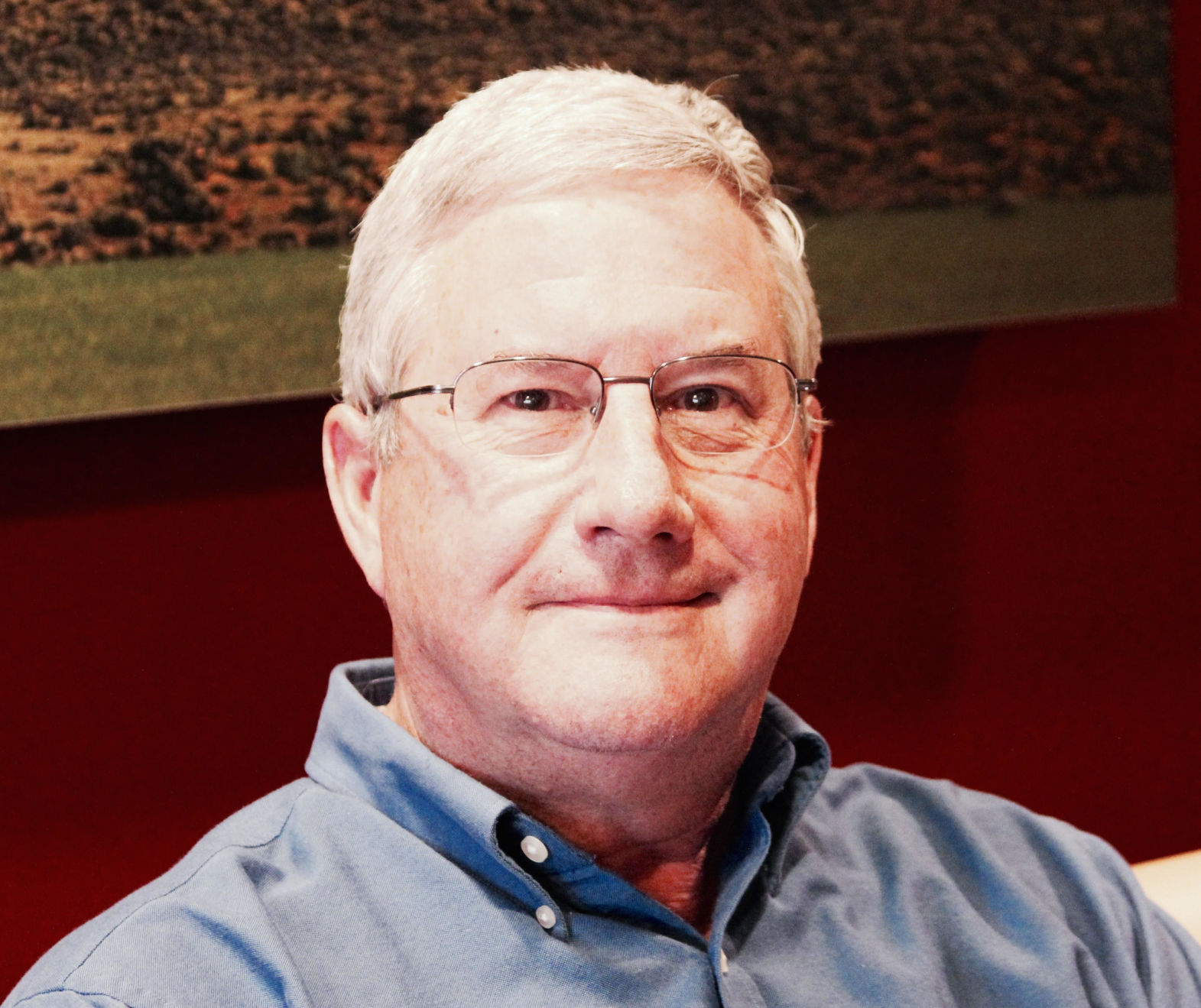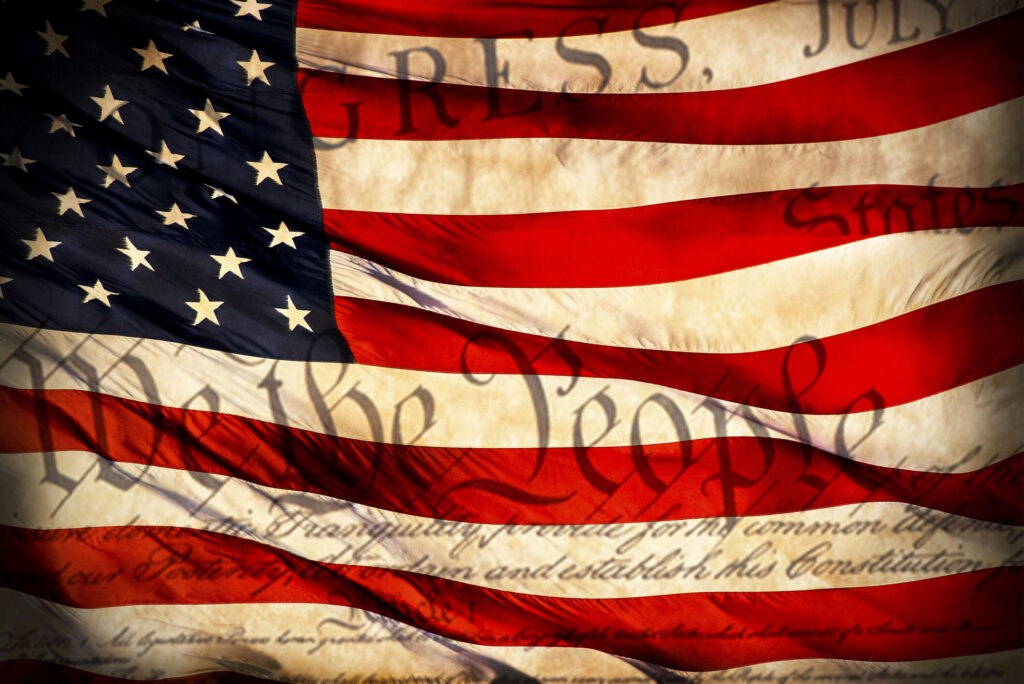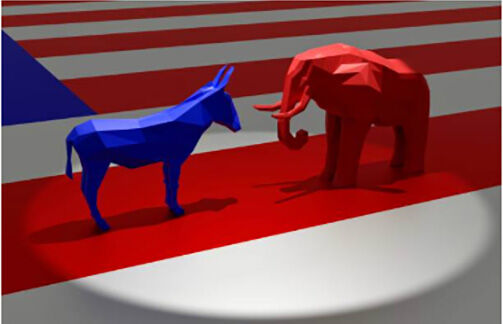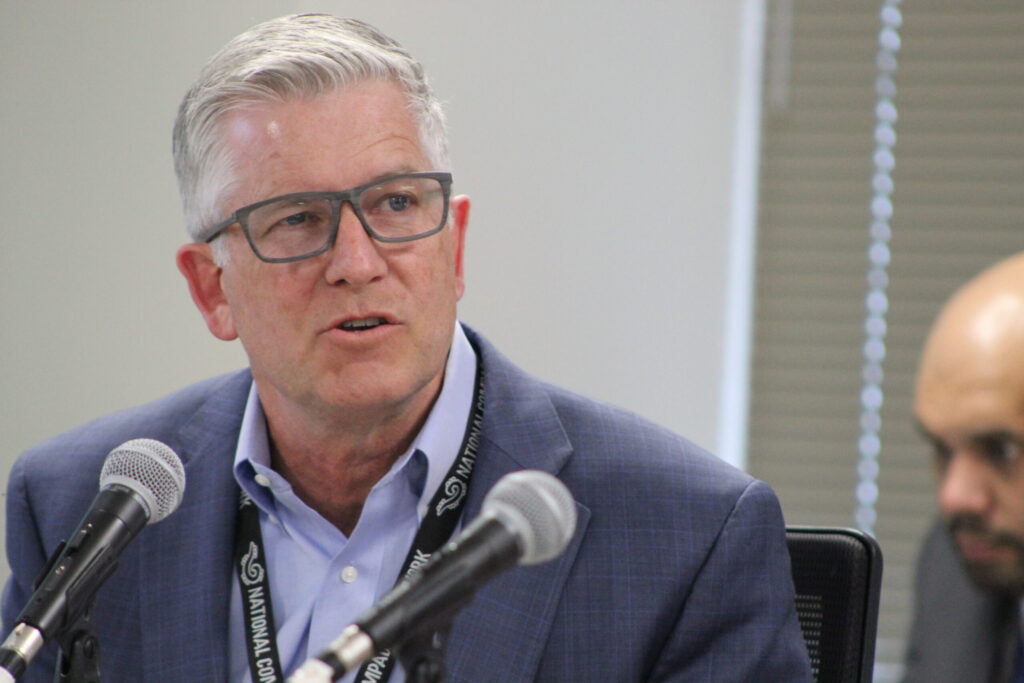POINT | Violent protests undermine their cause

George Floyd’s death was one — and not even the most recent — in a long line of tragic killings of unarmed black men and women by police. His murder has sparked weeks of protests across the United States and around the world.
These protests have been mostly peaceful. At their outset, however, our media showed images of burning cities, vandalism, looting and protesters throwing objects at police.
The question is whether these protests have been effective, and whether violence has contributed to or detracted from their effectiveness.
These protests have been unusually effective, but significantly only as the violence dissipated.
To the extent that people perceived protests as uncontrolled acts of violence by radical groups intent on fomenting anarchy, the protests were phenomena to be contained and controlled by the application of dominant force. On the other hand, to the extent that people have seen these protests as a legitimate and peaceful expression of justified anger, numbers of peaceful protesters have increased, and those in a position to enact political change have begun to respond positively.
This key to this argument is how we judge effectiveness in protests.
Significantly, protests are a means to an end and not an end in themselves. They are a form of political expression out of frustration that institutional political channels will not produce desired results.
To achieve desired results, however, protests must stimulate positive political change. Too often, what many see as egregious policies have resulted in massive protests, but they failed to stimulate a positive change either in policies or in political leadership.
Perception is important. In 1968, cities in America burned as anger erupted over the war in Vietnam, racial injustice and the assassination of Martin Luther King Jr. and Bobby Kennedy. President Johnson declined to run for re-election, which some saw as vindication of the violence on America’s streets. The dominant perception, however, was one of lawlessness, violent destruction of property and irreconcilable confrontation between protesters and the “establishment.”
The result was the election of Richard Nixon, who campaigned for president on a “law and order” platform.
Similarly, in 1992, graphic videos of the brutal beating of Rodney King in Los Angeles and the acquittal of the four police involved were the catalyst for five days of violent riots and looting, to which police and National Guard troops responded with force. Despite dozens of deaths, thousands injured, several thousand arrests, and hundreds of buildings destroyed, no positive political changes resulted.
By contrast, the nonviolent strategy of the civil rights movement in the 1960s did produce a series of civil rights laws. “Bloody Sunday” was significant because the images of police brutally attacking peaceful marchers were captured on television. In response, tens of thousands protested peacefully. President Johnson convened a special joint session of Congress, evoking “we shall overcome.”
That political change was neither sufficient nor enduring. Protests have repeatedly erupted to send that message, but ultimately, those in positions of power have to be compelled by a broad base of political support to act.
Violent protests are bound to fail in bringing about positive political change. Violence begets violence; the state can always mount an overwhelming response, and the prevalent public reaction is to emphasize a return to “law and order.”
The power of nonviolent protest is that it negates the state’s ability to mobilize dominant force, especially when viral images show that force being employed against those exercising their First Amendment rights. It invites and enables a broader political base, which is necessary if there are to be concrete and sustainable political reforms at all levels of government. We need a genuine, inclusive conversation about racism, unencumbered by the siren call of violence.
Schuyler Foerster teaches political science at Colorado College and is emeritus professor at the U.S. Air Force Academy. A graduate of the Academy and a retired military officer, he holds a doctorate in politics from Oxford University.













